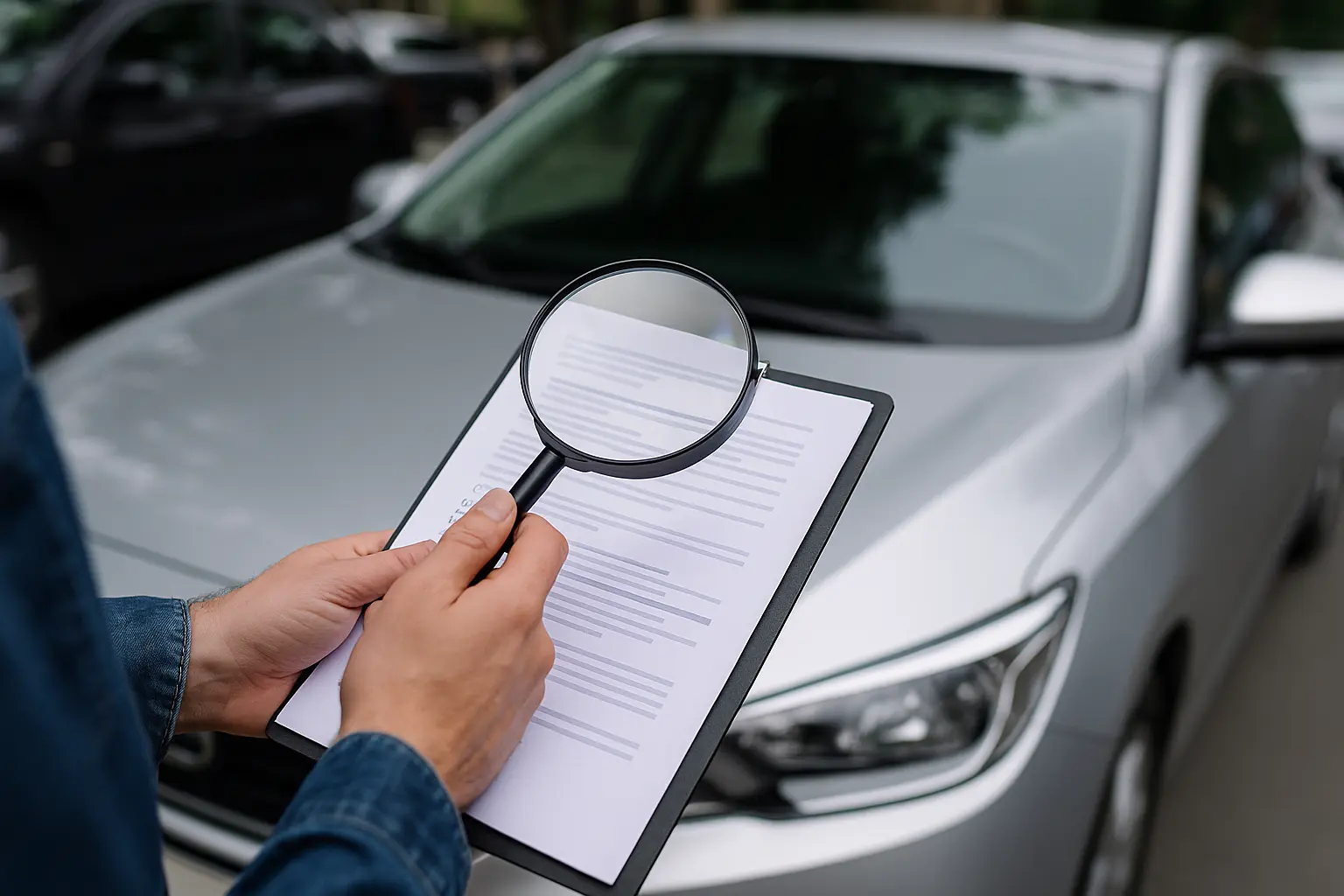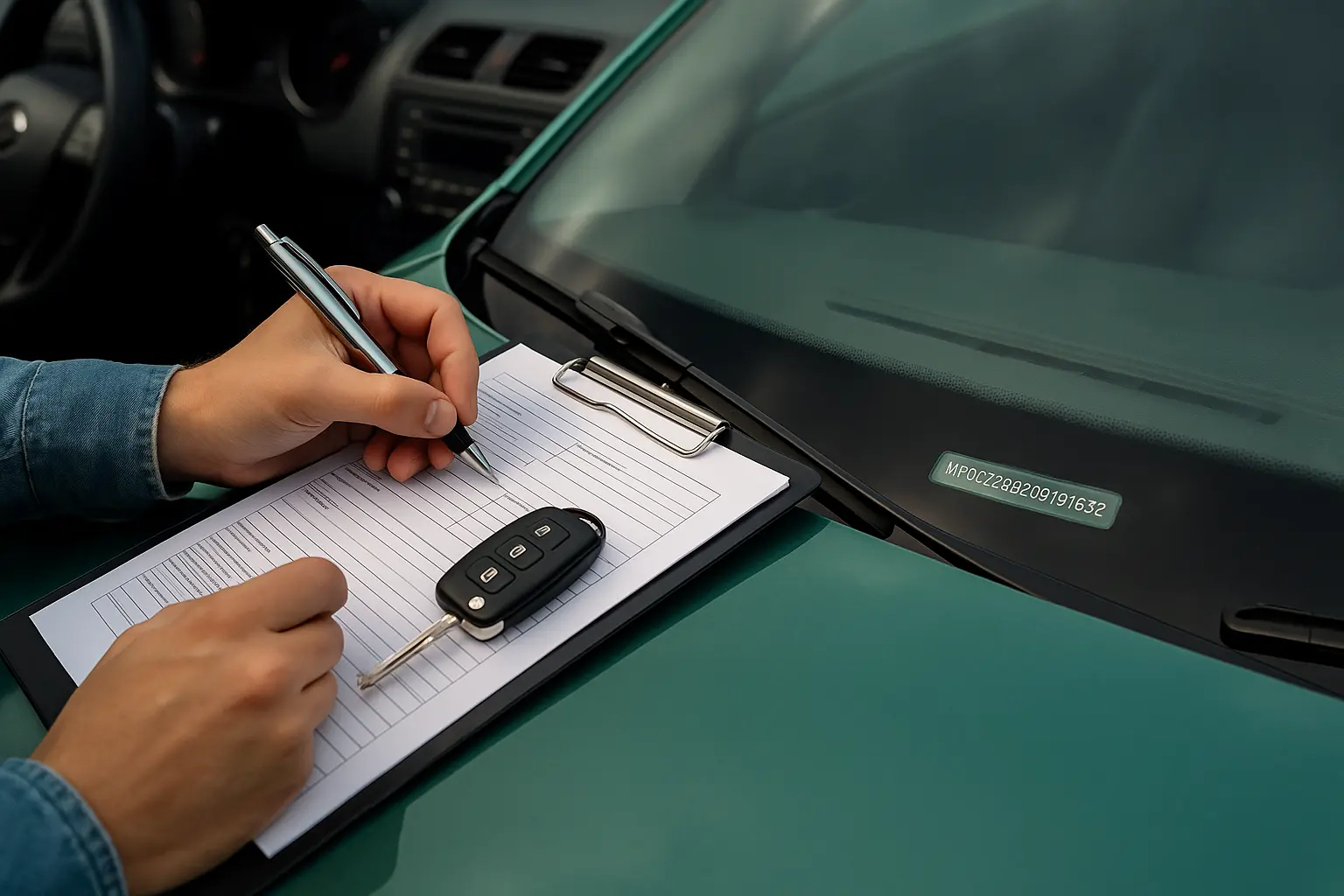The Australian used car market has exploded in recent years, with buyers seeking affordable alternatives to new vehicles amid rising living costs. But while buying pre-owned can save you thousands, it also carries risks — especially if you don’t know a car’s full history.
From hidden accident damage to outstanding finance, the wrong purchase could leave you with legal headaches, safety risks, or repair bills bigger than your budget. In 2025, with digital tools like PPSR reports and online VIN verification at your fingertips, there’s no excuse for skipping a proper background check.
This guide will walk you through every step of verifying a used car’s history in Australia — so you can drive away with confidence.

1. Understanding the Basics of a Used Car History Check
Before diving into the practical steps, it’s worth knowing what a car history check is and why it’s essential.
A car history check involves gathering official records about a vehicle’s background. This can include:
- Previous ownership details
- Accident and damage history
- Outstanding finance
- Odometer readings
- Registration and roadworthiness status
- Theft reports
In Australia, these checks can be performed via:
- PPSR (Personal Property Securities Register) Report
- State and territory registration checks
- Private history report providers (e.g., CarHistory, REVs Check)
Why it’s crucial:
A used car with hidden problems isn’t just a bad investment — it can be unsafe, illegal to drive, or even repossessed if it still has unpaid finance linked to it.
2. The PPSR Report – Your First Line of Defence
The PPSR (Personal Property Securities Register) is an official Australian government database that records security interests in personal property — including vehicles.
What a PPSR Report Tells You
When you run a PPSR check on a car’s VIN, you can see:
- If the vehicle has finance owing (and could be repossessed)
- If it’s listed as stolen
- If it has been written off (economic or repairable)
- The date of registration on the PPSR
How to Get a PPSR Report
- Go to the official PPSR website (ppsr.gov.au).
- Select the Search by Serial Number option.
- Enter the car’s VIN (Vehicle Identification Number).
- Pay the small fee (currently $2).
- Download your PDF report.
💡 Tip: Don’t rely on a seller’s word — always run your own PPSR check.
3. VIN Verification – Checking the Car’s Identity
The VIN is the car’s unique 17-character code, usually found:
- On the dashboard (driver’s side, visible through the windscreen)
- On the compliance plate in the engine bay
- In the car’s registration papers
Why VIN Checks Matter
A mismatched or altered VIN could indicate:
- Stolen vehicle
- Rebuilt or rebirthed cars
- Fraudulent registration
You can use:
- The National Exchange of Vehicle and Driver Information System (NEVDIS)
- Your state/territory transport authority’s online service
4. State & Territory Registration Checks
Each Australian state and territory has an online rego check tool. These verify:
- Registration status
- Expiry date
- Whether the car is reported stolen
- Written-off status
Example portals:
- NSW: Service NSW Rego Check
- VIC: VicRoads Registration Check
- QLD: TMR Rego Check
- WA: DoTCheck
- SA: EzyReg
- TAS: Transport Tasmania
- NT: MVR Check
- ACT: Access Canberra Rego Check
💡 Pro Tip: Cross-check this with the PPSR report for consistency.
5. Service Records & Maintenance History
A mechanically sound car is one that’s been regularly serviced — and you want proof.
Ask the seller for:
- Stamped logbook entries
- Receipts from mechanics
- Records of timing belt replacements, major services, brake work, etc.
Red flags:
- Missing logbooks
- Large gaps between services
- Receipts that don’t match odometer readings
6. Accident & Damage History
Even if a car looks perfect, it might have suffered major accident damage.
Ways to check:
- PPSR will show written-off history.
- Independent services like CarHistory provide accident data from insurance companies.
- A pre-purchase inspection can reveal hidden chassis or structural repairs.
7. Odometer Fraud – Spotting Clocked Cars
Odometer tampering is illegal but still happens.
Warning signs:
- Wear and tear inconsistent with low mileage
- Service records showing higher past readings
- Digital odometer discrepancies (diagnostics can reveal actual mileage)
8. Outstanding Finance – Avoiding Repossession Nightmares
If a car has finance owing, the lender has the right to repossess it — even from the new owner.
Solution:
Always run a PPSR check to confirm the car is free from debt.
9. Recalls & Safety Bulletins
Check if the car has outstanding manufacturer recalls:
- Use the Product Safety Australia recall database.
- Check the manufacturer’s official site.
10. Test Driving with a Detective’s Mindset
While this isn’t strictly a “history” check, a test drive can reveal:
- Unusual noises (indicating past damage)
- Steering alignment issues (possible accident history)
- Performance inconsistencies
11. Private Seller vs Dealer – Who’s Safer?
Private sellers often offer lower prices but less protection.
Dealers must follow Australian Consumer Law, which can include statutory warranties.
However, both require thorough history checks.
12. Scams to Watch for in 2025
- Fake PPSR reports sent via email
- VIN cloning scams
- Sellers refusing to meet in person
- Underpriced listings designed to lure victims
13. Step-by-Step Checklist for Buyers
- Get the VIN from the seller.
- Run a PPSR report.
- Check registration with the state/territory database.
- Verify the VIN matches all documentation.
- Review service history.
- Check accident history.
- Inspect for odometer tampering.
- Look for recalls.
- Get a pre-purchase inspection.
- Finalise payment only after all checks are clear.
14. Digital Tools for 2025 Buyers
Popular Australian services for fast car history checks:
- PPSR.gov.au – Official government check
- CarHistory.com.au
- CheckVIN.com.au
- REVs Check Australia
- State rego check portals
15. Final Thoughts – Your Safety Net in the Used Car Market
A car might look shiny and perfect, but only a full history check can confirm it’s a safe investment. In 2025, with the rise of digital scams and VIN cloning, skipping this step is riskier than ever.
By using PPSR, VIN checks, service record reviews, and professional inspections, you’ll drastically reduce your chances of buying a lemon — and increase your odds of finding a reliable, safe, and legally sound vehicle.
Key Takeaways
- Always run your own PPSR check — don’t trust the seller’s.
- Verify VIN in multiple places and with official records.
- Review service and accident history carefully.
- Use professional inspections to catch hidden damage.
Leave a comment
Your email address will not be published. Required fields are marked *




















